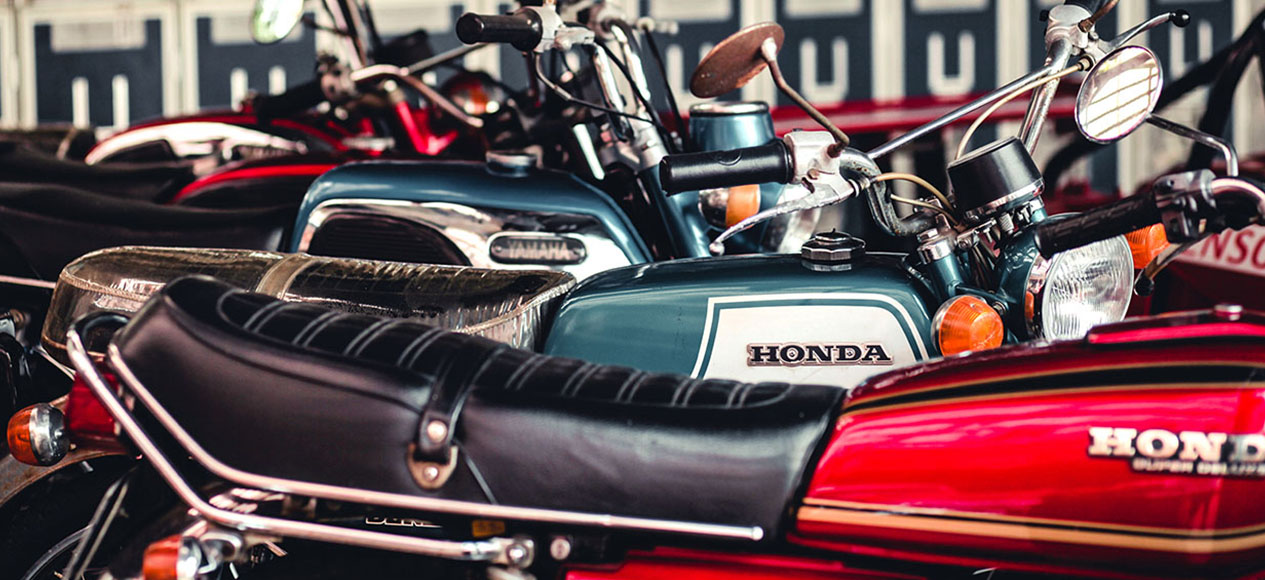For most of us, the main driver for having a classic motorcycle is nostalgia. We automatically veer towards the bikes we once owned, but had to sell for whatever reason, or that we lusted after as youths but were never able to afford. Maybe it’s the bike a family member rode, or an idol raced… unless you’re a speculator, looking to make money from the rising prices of classic bikes, the chances are that the decision to buy a classic is an emotional one. And, as we all know, sometimes emotion is not a good thing when buying a motorcycle!
Classic bikes can be a real minefield for newbies, but there are certain things you can do to reduce the risk of your dream bike becoming a nightmare.
First up, ask yourself what support is out there for the model of classic bike you want to buy?
As a rule, motorcycle manufacturers make spare parts for their bikes available for around 15 years after production ends, after which you’ll be looking for new, old stock (NOS), second hand, reconditioned, remanufactured or pattern parts. If your bike is popular, and there are loads on the road, then the chances are you’ll be able to find spares relatively easily – either second hand or new parts made by a specialist.
If the bike you lusted after as a teen was a late eighties Cagiva Freccia, we wish you good luck. Finding one will be hard enough, and as for finding parts – well those are like the proverbial hen’s teeth. Purchasing a rare bike like that would be accepting a mission beyond simply owning a motorcycle.
Expect to spend more than a healthy amount of time on internet auction sites, your rudimentary Italian will improve massively, and your bank balance will deplete in ways you never expected when you first came up with the idea of buying ‘only’ a 125.
If you really do want a 125, an Aprilia RS125 will be much easier to run, as loads were sold and there are forums out there dedicated to such machines.
Support is a really important thing for the classic bike community. Whether that’s a specialist who can carry out a nut and bolt restoration, owners’ clubs, companies supplying specialist parts or simply an active community that can provide a support network through internet forums, Facebook groups and regular meetups at events like the ever popular Stafford shows.
Bikes that were popular then are popular now, so Ducatis, Triumphs, Nortons and sporty two-strokes like the Yamaha RD series have huge support networks around them (although that doesn’t always mean that finding parts is easy) and make popular classic bike buys.
The other question is to ask yourself how much work you want to do? Do you want to buy something that looks immaculate, and which you can just go out and ride? If that’s what you want, you’ll probably be looking at paying top dollar for a fully restored bike.
At the other end of the scale, a full restoration is not for the faint hearted. Buying a bike that’s in bits, or which doesn’t work, is a massive job. For many, that’s the pleasure of classic motorcycles – lovingly putting a bike back together and fettling it can be as enjoyable as riding the thing for many, but it’s a long and sometimes arduous that can be as frustrating as it can be rewarding. The classifieds are full of ‘projects’ that have been abandoned by ambitious owners who took on more than they can chew. Unless you’re experienced, our advice is to leave well alone. If someone else couldn’t do it, how will you…
Sometimes the best option is a ‘rolling restoration’ – a good running bike that’s getting a bit tired around the edges. Enjoy it, use it and fix those small jobs as they crop up – allowing you to learn the skills required to keep a classic on the road in manageable chunks.
What is the definition of a classic motorbike?
There is no clear definition of ‘classic’ although three broad terms are generally used: modern classic, classic and vintage.
The DVLA classifies vehicles of 40 years old and over as ‘Historic’ vehicles, making them exempt from tax and MoT (although they still need to be roadworthy and insured), but in broader terms, insurance company Carole Nash defines bikes over 30 years as ‘vintage’ and bikes between 20 and 30 years old as classics.
Carole Nash also define motorcycles that are over 10 years old (but under 20) as modern classics, although what defines a classic is matter of individual interpretation. Few would deny that the Ducati 916, introduced in 1994, was a bona-fide classic thanks to the combination of its cutting edge looks, performance and race track heritage, but are all bikes from the same era instantly classics because of their age, or just old motorbikes?
Five good classic motorcycles for newbies
Want to get your first classic but don’t want (too much) heart ache. Here are five popular classics that (we think) will always be in demand:
BSA Bantam
With a design dating back to before the war and a powered by small two-stroke engines (up to 175cc) the Bantam is hardly the most glamourous classic motorcycle, but they are hugely popular and brilliant for learning motorcycle mechanics.
Over 250,000 examples were made in a 23-year production run from 1948 to 1971. Originally they were cheap and cheerful commuters and even in the 1980s they were popular learner bikes.
Many went on to spend their lives as field bikes, teaching kids how to ride, away from the public highways, and the basic design makes them perfect for novices looking to take on their first restoration project. Prices are still quite low and parts remain plentiful, meaning that you won’t be at your wits end sourcing one.
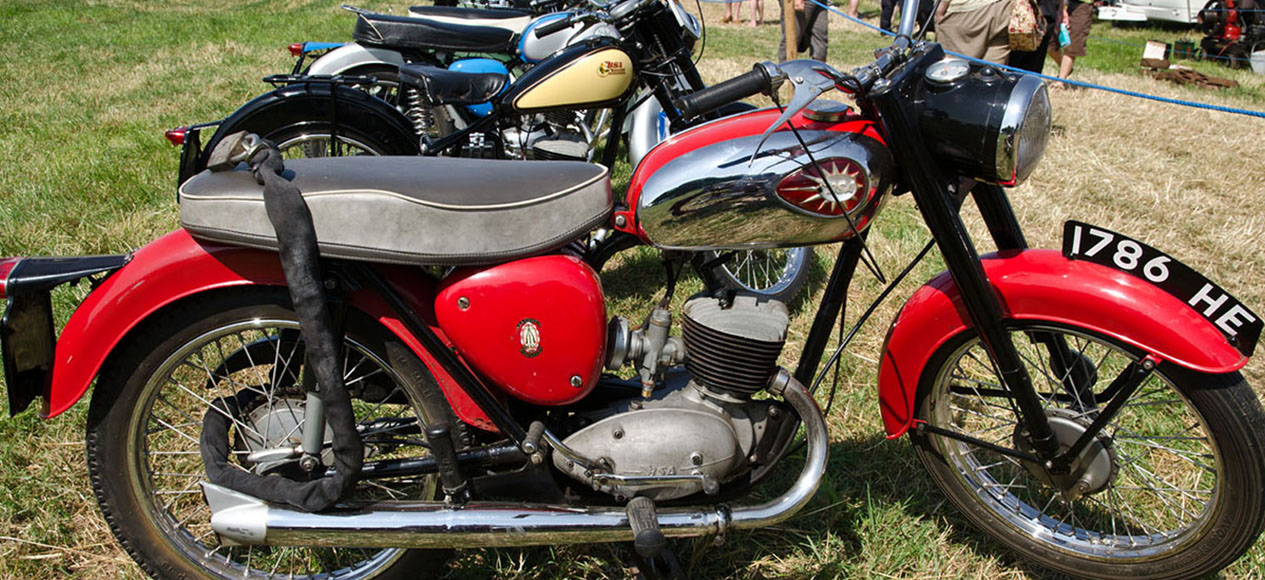
Suzuki RGV250
Two-strokes are always hugely popular and demand has only increased since they were effectively legislated out of existence almost two decades ago.
Back in the late 1980s, 250cc two-strokes were all the rage with Japanese manufacturers. Bikes like the Honda NSR250R and Yamaha TZR250RR were thinly disguised race bikes, looking like they’d just ridden off the Grand Prix grid, but very few of these models made it out of their home market.
Only Kawasaki’s KR-1/KR-1S (the fastest but crudest of the bunch) and the Suzuki RGV250 were officially imported into the UK. The Suzuki, in particular, was a huge hit at a time when Kevin Schwantz was the man in Suzuki’s 500cc Grand Prix team.
All these bikes are highly coveted by riders now in their 40s and 50s. The RGV is special and still looks like a mini GP race bike today, with later examples sporting upside down forks, twin spar alloy frames and 17” wheels that mean you can still run modern tyres.
RGVs aren’t renowned for reliability. They burn through good quality two-stroke oil and the chances are you’ll be an expert at changing piston rings after a few years of ownership. That’s the price you pay for the ultimate in two-stroke performance.
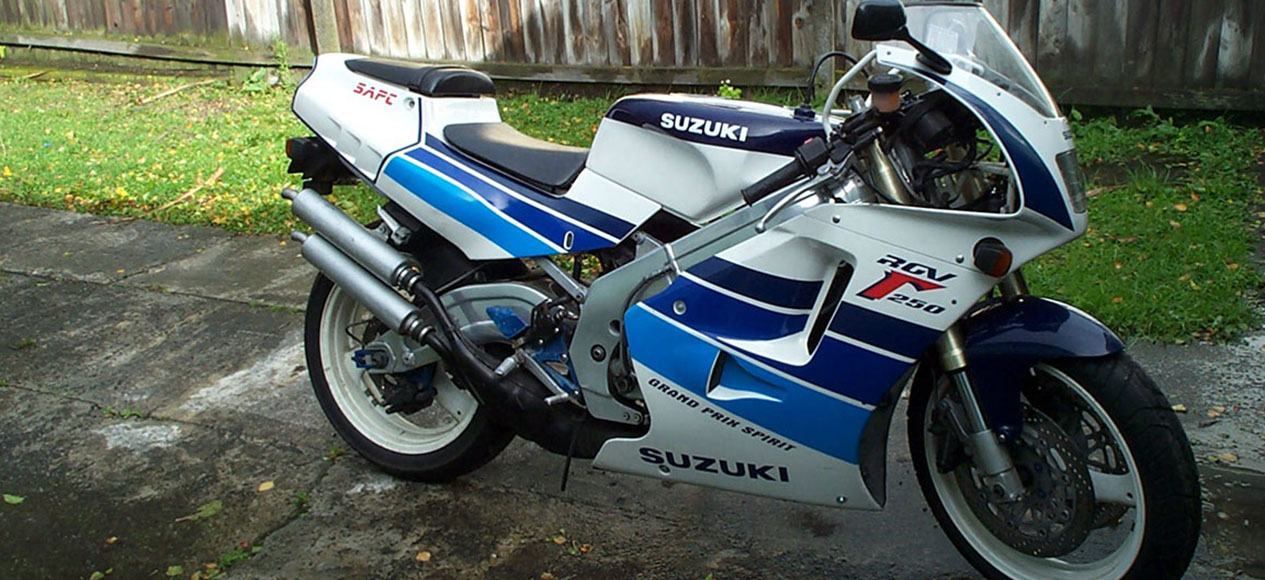
Yamaha RD350LC
Talking of sporty two-strokes, there’s one that stands head and shoulders above the others in terms of desirability.
Yamaha’s RD350LC (RD standing for ‘Race Developed’ and LC standing for ‘Liquid Cooled’) changed the game when it was launched in 1980. For any aspiring youth, ‘Elsie’ was the bike to have. Light, nimble and very fast, it was popular on the street and on the track. It even spawned the popular Pro-Am race series, which saw experienced racers line up against young upstarts. The races were broadcast on TV and saw the emergence of future stars like Alan Carter and Niall Mackenzie.
That nostalgia means that the LC is massively popular in classic bike circles. Prices are strong, especially for minters with matching frame and engine numbers, but £5k will buy a decent example of a bike that’s easy to work on and still considered an appreciating classic.
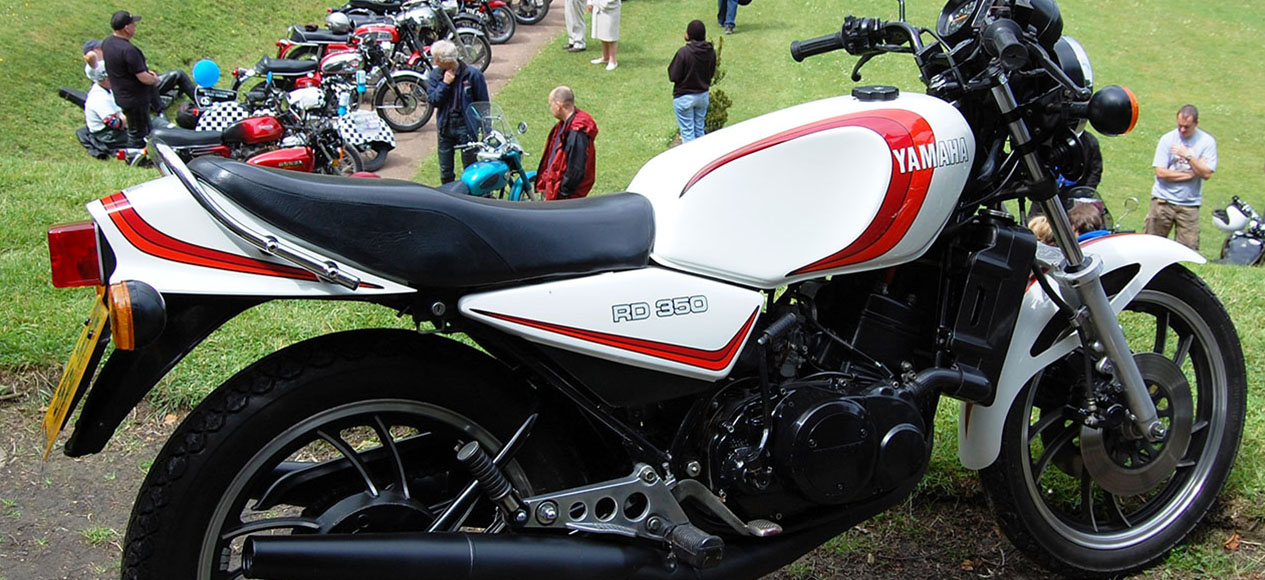
Triumph Bonneville
Think classic bike and the chances are that you’ll think about an old Brit twin from BSA, Norton or Triumph.
The Meriden Bonnie, built until the factory closed in 1983, is without doubt the quintessential British bike.
Plenty are still out there, from basket cases to minters and with everything in between. There’s a huge community around them and a strong industry supplying parts for them. That makes them a fairly easy to own classic bike because even though you will have to fix them from time-to-time, the parts and information is all out there for them – at reasonable prices.
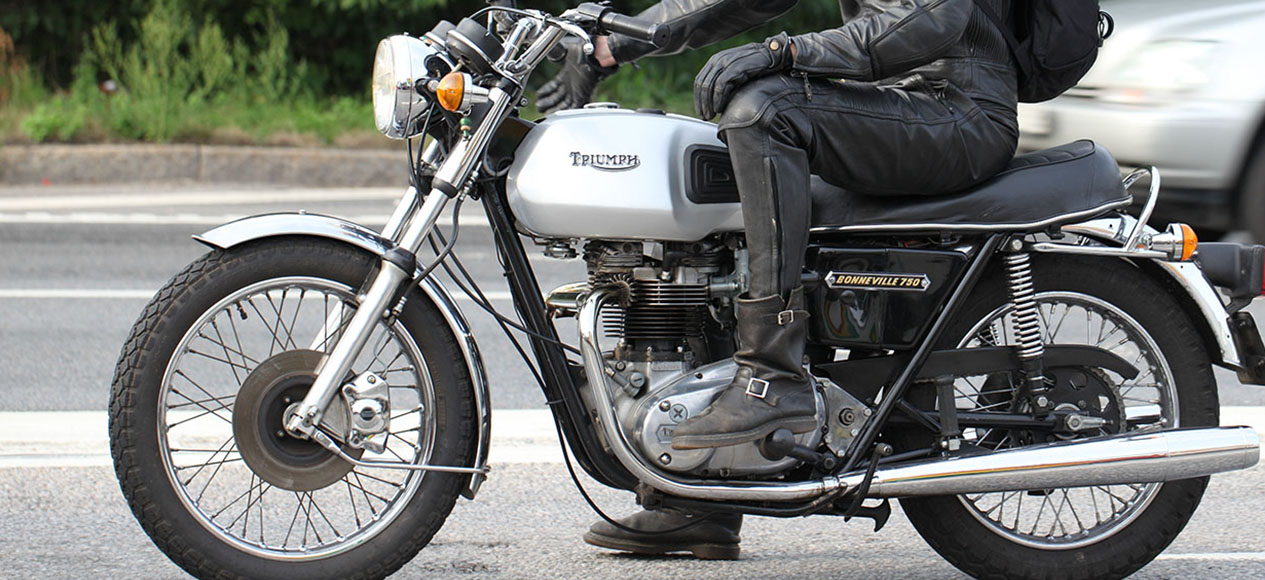
Honda CB400F
Honda’s CB750F revolutionised the motorcycle world when it was introduced in 1969, but a more interesting everyday classic is this, the Honda CB400F.
The beautiful little 408cc four-cylinder four-stroke was only built for three years, between 1975 and 1977, and they’ve gained a strong following over the years.
Spares availability for Hondas is usually very good, thanks in no small part to the efforts of Mr. David Silver and his huge warehouse full of parts in Norfolk, and the CB400F is well built, reliable and perfectly usable as an everyday bike.
Being a multi-cylinder design, the CB400F is a little more complex than some of the other machines here, but it’s still relatively simple tech that can be tackled by a confident amateur.
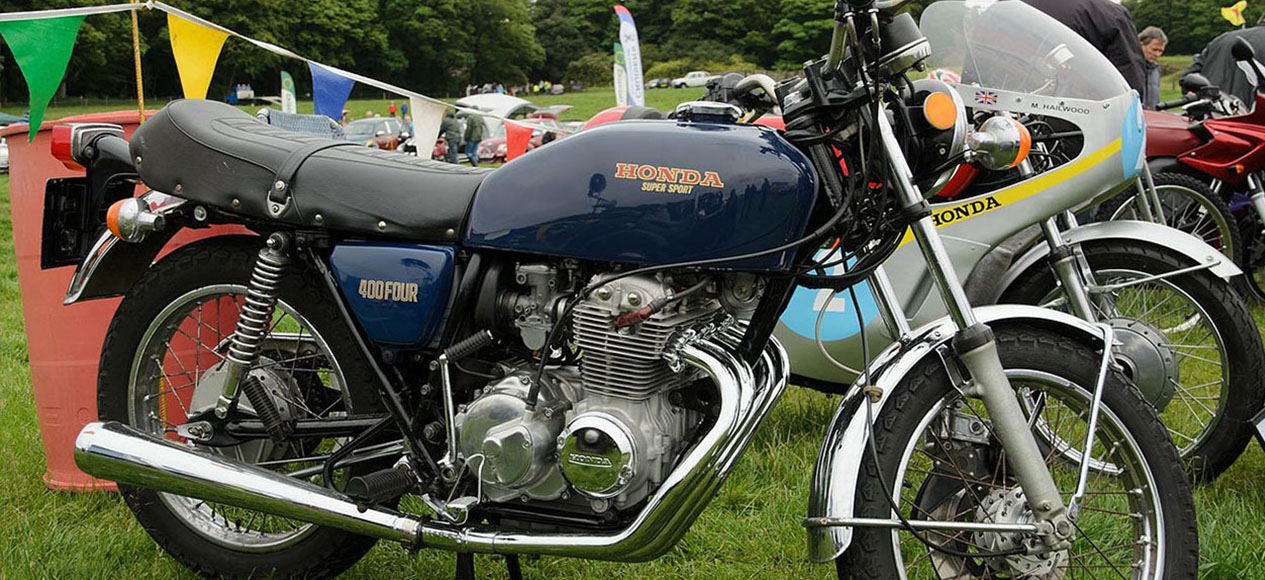
Are you a beginner looking to insure your first classic motorbike? At Carole Nash we find the
classic motorbike insurance that is just right for you, whether you are a beginner or seasoned professional, we have you covered.


